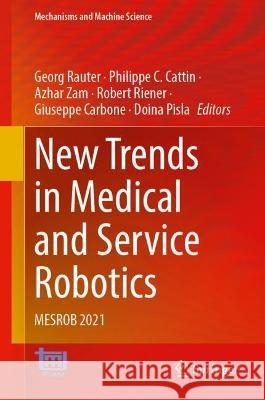New Trends in Medical and Service Robotics: Mesrob 2021 » książka
topmenu
New Trends in Medical and Service Robotics: Mesrob 2021
ISBN-13: 9783030761462 / Angielski / Twarda / 2022
New Trends in Medical and Service Robotics: Mesrob 2021
ISBN-13: 9783030761462 / Angielski / Twarda / 2022
cena 1006,38
(netto: 958,46 VAT: 5%)
Najniższa cena z 30 dni: 963,86
(netto: 958,46 VAT: 5%)
Najniższa cena z 30 dni: 963,86
Termin realizacji zamówienia:
ok. 22 dni roboczych
Dostawa w 2026 r.
ok. 22 dni roboczych
Dostawa w 2026 r.
Darmowa dostawa!
Kategorie:
Kategorie BISAC:
Wydawca:
Springer
Seria wydawnicza:
Język:
Angielski
ISBN-13:
9783030761462
Rok wydania:
2022
Wydanie:
2022
Numer serii:
000408639
Oprawa:
Twarda
Wolumenów:
01
Dodatkowe informacje:
Wydanie ilustrowane











